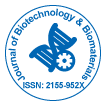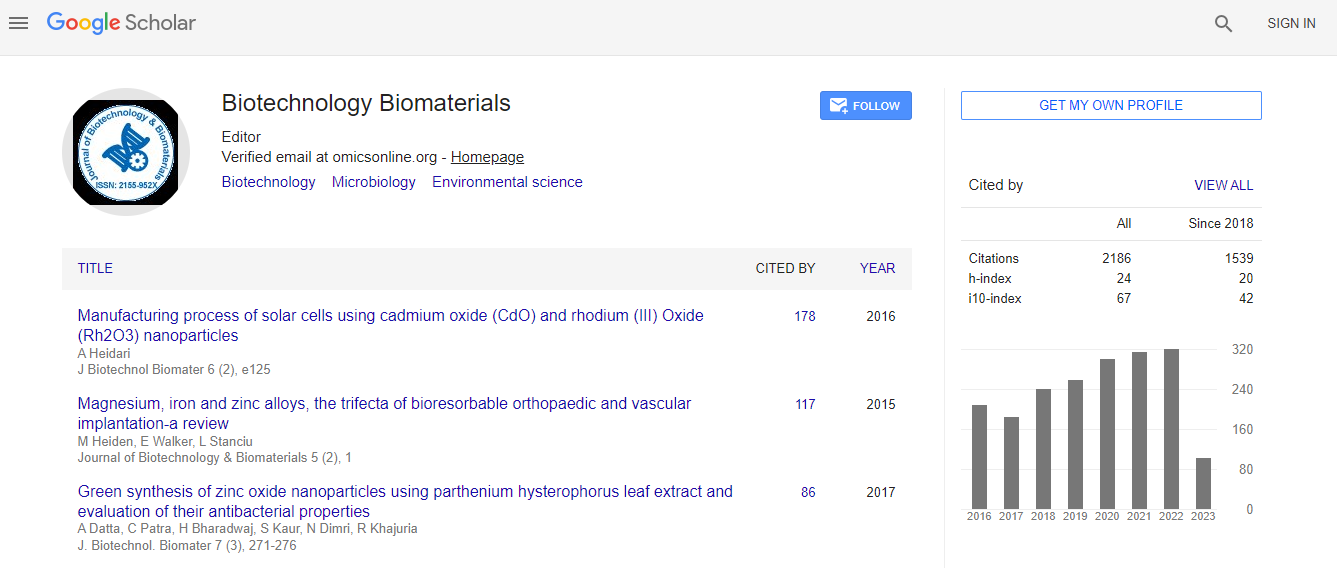Machine learning enabled breast cancer detection using salivary
*Corresponding Author:
Copyright: © 2020 . This is an open-access article distributed under the terms of the Creative Commons Attribution License, which permits unrestricted use, distribution, and reproduction in any medium, provided the original author and source are credited.
Abstract
Metabolomics is one of omics technology enables comprehensive identification and quantification of hundreds of metabolites in various
samples. This technology has been used for the biomarker exploratory to discriminate various metabolic diseases, such as diabetes, psychiatric
diseases, chronic fatigue, and importantly, cancer. The biomarkers in a low-invasively available biofluid, e.g. blood, urine, and saliva, would
contribute to the early detection and monitoring of these diseases. Here, we tried to discriminate breast cancer patients from healthy controls
using non-invasively available saliva samples. Saliva samples were collected after 9 hours fasting and were immediately stored at −80 C. Salivary
hydrophilic metabolites were quantified using capillary electrophoresis-time-of-flight mass spectrometry and liquid chromatography with triple
quadrupole mass spectrometry. A multiple logistic regression (MLR) model and an alternative decision tree (ADTree)-based machine learning
method were used to develop discrimination models. The generalization abilities of these mathematical models were validated using crossvalidation
and resampling methods. Unstimulated saliva samples were collected from 101 patients with invasive carcinoma of the breast (IC), 23
patients with ductal carcinoma in situ (DCIS), and 42 healthy controls (C). Among quantified 260 metabolites, spermine showed the highest area
under the receiver operating characteristic curves [0.766; 95% confidence interval (CI) 0.671–0.840 to discriminate IC from C. The ADTree with an
ensemble approach showed higher accuracy (0.912; 95% CI 0.838–0.961, P < 0.0001), which was more accurate than MLR model. These data
with discrimination model would contribute to a non-invasive screening of breast cancers.

